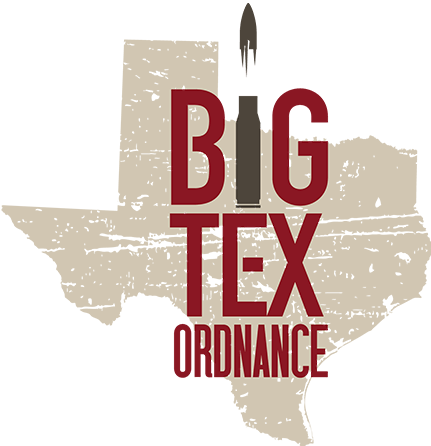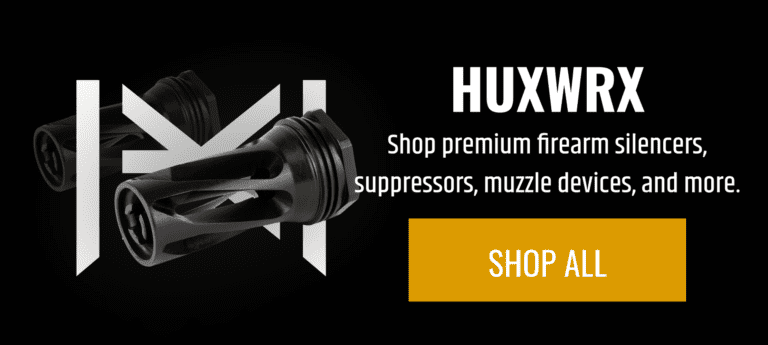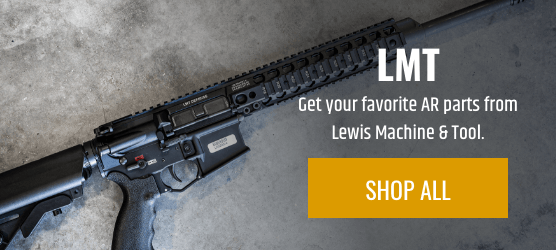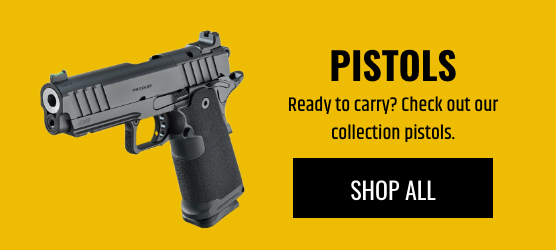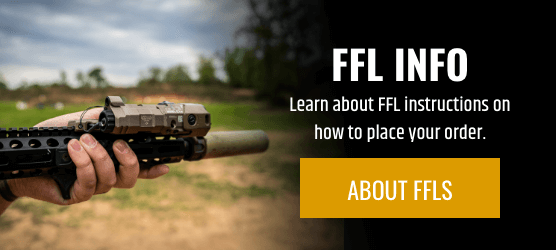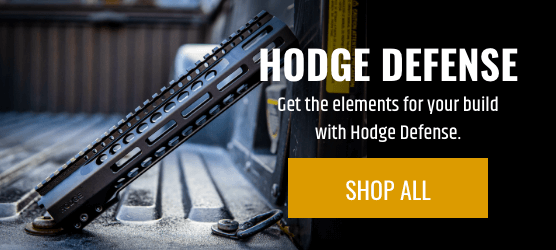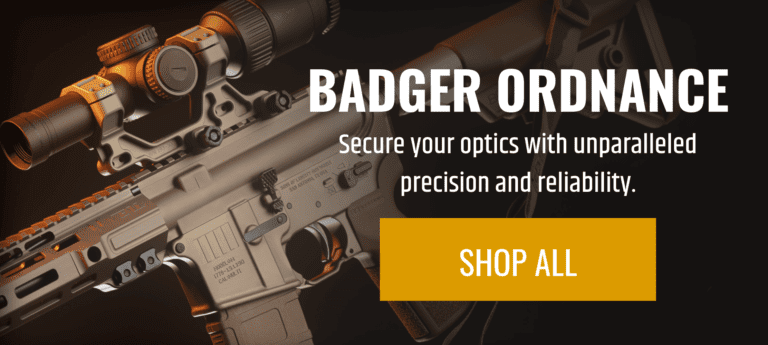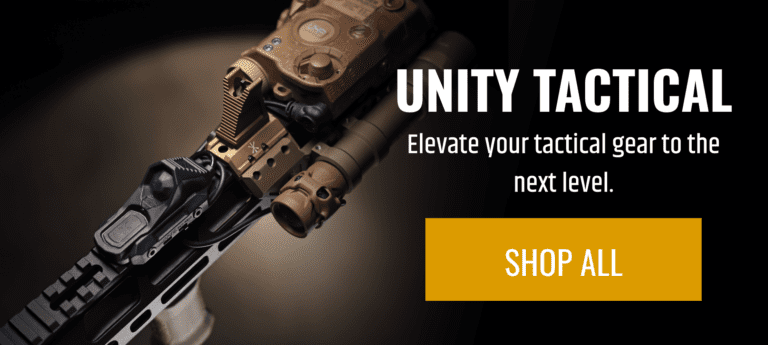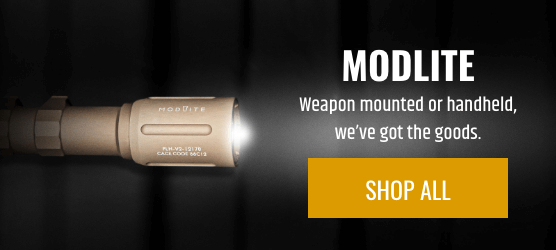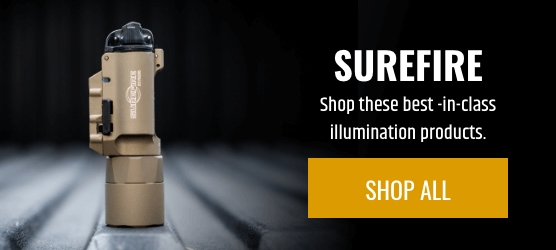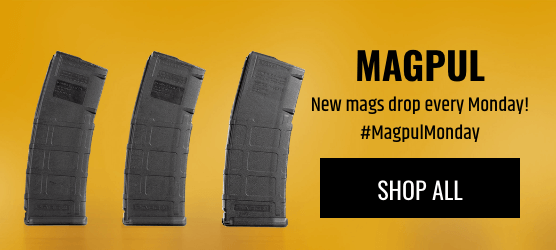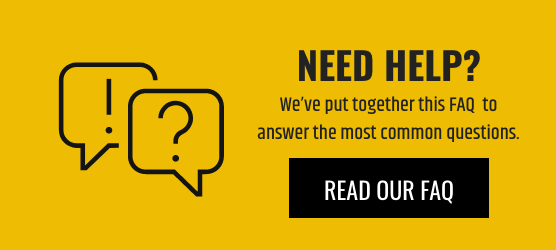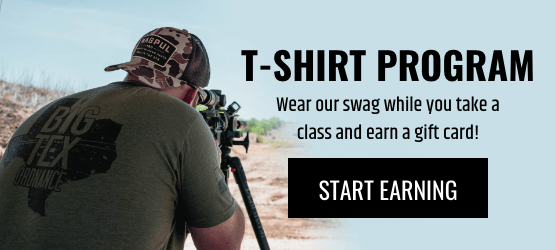

Sentinel Concepts Critical Handgun Employment AAR
November 2nd-3rd, 2019 | Pat T


Sentinel Concepts Critical Handgun Employment taught by Steve Fisher
Location: Culpepper, VA
Equipment: Glock 17 with RMR06, Agency Arms trigger, X300U in a JM Custom Kydex AIWB holster mounted to a Mean Gene Victory Aegis Belt. Mean Gene Burrito magazine pouches with extra mags in my back pocket. Cold weather gear in layers. About 30 Magpul Glock Pmags loaded with Speer Lawman 147gr FMJ 9mm ammunition. Steve brought along several extra pistols of different types to loan to students. Most were red dot equipped Glocks or 1911/2011 style pistols. Other students mostly carried Glocks, but there were some CZ, FN, and STI pistols in the mix as well.



Personal Experience: Mostly I’m just an average guy who stares at computer screens for a living. I’ve taken about a dozen classes ranging from 2-hour blocks of instruction to multi-day classes over the past 8 years. This is my second shooting class with Steve, my first being a Magpul Dynamics Handgun 1 class in 2013. I’ve also trained with Pat Rogers, Brian Canova, Scott Jedlinski, and brief blocks with Jared Reston, Chuck Pressburg, Justin Dyal, along with various military and police firearms training.
Background / Class Purpose: Critical Handgun Employment (CHE) began as an advanced pistol class for experienced shooters that focused on duty and concealed carry defensive uses. Taken from the Sentinel Concepts Website (https://sentinelconcepts.com):


“Take your handgun skills beyond the basic fundamentals and develop the skills required to maintain a level of emotional and physical control while processing information and making decisions on the move. Students will learn to manipulate their firearm in conventional and unconventional shooting positions with a focus on employment in a fluid environment.”
As Steve explained to us during the class introduction brief, over the years he has been teaching CHE or CHE-like courses, it stood out to him that no matter what movement, reloading, or positions, or tactics he was trying to train people on, their actual shooting abilities, the skill to put rounds on target exactly where they need to go, was absent. Steve has been refining his curriculum over the decades and decided that tactics, movement, positional shooting, and so on didn’t truly matter when students couldn’t master putting rounds on target. Thus, this iteration of CHE focused on one thing: shooting accurately on demand.
Lest you think that this was just a basic class, I must say that it is, and it isn’t. Mastering marksmanship was the real goal here. It’s true that reloads, malfunction clearance, and drawing skills were not taught here because the students were expected to come in with that knowledge and apply those skills if and when necessary without supervision.
I’ve taken several pistol courses over the years. Almost all have spent training time on proper draw strokes, reloads, malfunction clearing, movement, multi-target drills, and so forth. Not a moment for this class was spent on such topics. What was taught was the proper grip, proper sighting, and how to manipulate the trigger and grip without upsetting the sights.
Preparation: This was supposed to be a cold and wet class. Boots got waxed, the portable heater was loaded into the car, all the snivel gear layers were brought, as well as several changes of socks, pants, shirts, and even gloves if need be. Luckily the weather turned out to be somewhat nicer than planned. I did spend some extra time dry firing in preparation for this class. I knew it would be a lot of B8 bullseye style shooting, so I concentrated on a deliberate and slow fire, especially because I have a tendency to be impatient when shooting.
Class Demographics: The class was made up of a mix primarily ordinary people, some competition shooters, and also police officers, some with very impressive backgrounds. Several students were north of 60 years old, who faced challenges with not only using iron sights effectively (more on that later) but also decades of prior training scars. One student came with a unique challenge, Cerebral Palsy. Throughout the weekend, he showed his dedication and grit as he worked through his challenges and showed significant improvement. Many people like to say that excuses are irrelevant. This student proved it.



TD1: The morning began with several of us helping the host, Luke B, set up target stands and targets. As everyone assembled together, Steve went over a short safety brief that also included what to do in case of medical emergencies. We all assembled on the line as Steve showed us all first-hand just how much changing grip pressure with either shooting hand or support hand played into moving the sights, which was far more apparent to those of us with red dot equipped guns. One early drill on TD1 stood out from the rest. As a way of illustrating just how much maintaining a consistent grip matters, we removed basically our entire grip. With the gun only held by our shooting hand thumb and trigger finger, all other fingers straight out in the air, we shot ten rounds. I was amazed at the accuracy of all ten rounds. Without my palm and three fingers changing the pressure on the grip throughout the trigger press, I was actually more accurate than I was with a full 2 handed grip. This truly smashed some preconceptions, and I realized that it wasn’t really the trigger press that mattered (although it does still matter to some degree), but it was the consistent grip pressure that kept the sights on target throughout the trigger press.
My other big takeaway from TD1 was that I had been holding and presenting my gun wrong for years. I had always tried to get as much of my shooting hand behind the gun as I could, thinking that would assist me in recoil mitigation, and get me back on target faster. Instead, Steve had me rotate my shooting hand forward and my support hand back, and that my support hand should be controlling just about everything except the actual trigger press. The other change was instead of using an aggressive forward lean and shoulders forward, I should bring my shoulders back and my elbows down. Now, I had known to keep my elbows down from shooting carbines, but I’d never applied that to pistol shooting.


The hand, elbow, and shoulder placement changes truly altered my entire shooting experience. Going into the class, the wobble zone of my sights easily covered all of the 7 ring on a B8 target at 15 yards. After those subtle changes, my dot barely moved at all, and I truly learned what an “acceptable wobble zone” could look like. I still had flinch responses to worry about, but my wobble zone was practically gone.
We broke from TD1 with a few of us heading to a great local BBQ place, followed up by some storytelling and drinks at the hotel.
TD2 began illustrating why layering is so important. It began with subfreezing temperatures, but within a couple of hours, the sunshine brought temperatures in the high 40s and low 50s, more suitable for a sweatshirt over t-shirts.
The course of fire was much like it was on TD1, shooting B8s mostly from 15 and 25 yards. A few timed drills highlighted the day, especially the BLANK drill that had us shooting 10 rounds at 15 yards in 15 seconds, 10 rounds at 10 yards in 10 seconds, and 10 rounds at 5 yards in 5 seconds, either from concealment or retention. Being able to throttle up or throttle back your cadence to address the extra precision needed at longer ranges was critical. I found myself really rushing the 10-yard shots, with an uneven cadence. 10 yards is just close enough to be “easy” and sloppy, but a little bit too much slop will get you in trouble, and it got me in trouble as well. My grip wasn’t quite right on the gun and after 7 shots it had worked fairly loose, resulting in several shots outside the black 9-ring. Not being satisfied, during a break, I went back and shot it again, quietly counting to ten to myself as I shot. The results were very good, with all 10 shots being in the black, under time, and I felt much more confident performing it. Sometimes that audible cadence is exactly what’s needed.
Speaking of shooting during the break, I was very happy to see a lot of students attempting drills a second or third time as others went back to get a drink and more ammo. Steve generally stayed up at the line to help people out one-on-one when able between runs. It was a great opportunity to get in some extra work when many just see it as a break period.
The punctuation on the class was when we walked back to 50 yards. Students placed a 1″ square sticker at the center of an A-zone sized paper target (6″x11″). With unlimited time, students put the lessons to work in order to get 10 shots in the A zone, with the 1″ sticker acting as a center aiming point. Steve’s lessons that anchored my sights steady paid huge dividends as I put 9 of the 10 shots in a fist-sized group, with one shot going about 4″ right of the A-zone. Considering I’m happy to be a 90 shooter on B8s at 25, and this group would have still likely been an 85 or greater scored group, I was absolutely thrilled.


This was an outstanding class, with a great cross-section of students. While I cannot say what exactly Steve’s class will contain in the future, I was very happy with the direction he was going. This is truly a class where the standards are next-level. There is certainly a time and place for working on speed, but I’m very pleased that this class didn’t emphasize speed over shot placement. As a father and husband who often carries in areas that are packed with people, shot placement is a huge concern of mine, and this class truly addressed those concerns.



